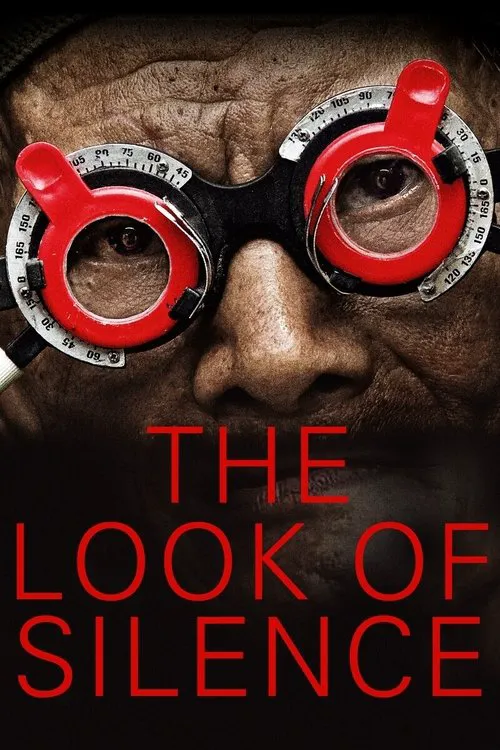The Look of Silence

Plot
The Look of Silence is a powerful and thought-provoking documentary film directed by Joshua Oppenheimer, released in 2014. The movie serves as a companion piece to Oppenheimer's earlier film, The Act of Killing, and presents a haunting and intimate portrayal of the aftermath of one of the darkest periods in Indonesian history - the mass killings of 1965-1966. The film centers around an optician named Adi, whose older brother Ramli was brutally murdered during the regime of President Suharto. Adi's quest for justice and closure is the driving force behind the narrative, as he sets out to confront the men who were responsible for his brother's death. Unlike the perpetrators in Oppenheimer's earlier film, who gleefully recounted their atrocities for the camera, Adi's approach is more somber and introspective. As Adi begins to investigate the circumstances surrounding his brother's death, he is met with a mixture of fear, denial, and indifference from the men who were involved. Many of them have become respected members of their communities, enjoying comfortable lives and positions of power. The film captures the complex dynamics at play, as Adi is forced to confront the fact that his family's trauma has been trivialized and ignored by those who claim to be the perpetrators' friends and colleagues. Throughout the film, Oppenheimer employs a number of innovative techniques to convey Adi's emotional state and the emotional toll of the experience on his family. The cinematography is stark and uncompromising, often using handheld cameras to create a sense of immediacy and intimacy. The lighting is often naturalistic, with long takes that immerse the viewer in the world of Adi and his family. One of the most striking aspects of The Look of Silence is its use of long takes, particularly in the scenes where Adi confronts the perpetrators. These sequences are often unflinching and uncomfortable, forcing Adi to face the harsh reality of his brother's murder. At the same time, they also serve as a testament to the strength and resilience of Adi, who is repeatedly forced to confront the trauma and pain of his past. As Adi delves deeper into the truth behind his brother's death, he begins to uncover a complex web of relationships and alliances that were forged during the violent regime of President Suharto. Many of the perpetrators who were involved in the killings have gone on to lead respectable lives, often boasting about their wartime exploits to anyone who will listen. Meanwhile, Adi and his family are forced to live with the consequences of the trauma they experienced. Through Adi's story, The Look of Silence also sheds light on the broader context of the Indonesian mass killings. The film offers a devastating critique of the regime that carried out the massacres, as well as the international community's failure to intervene. Oppenheimer's portrayal of Adi's family is also noteworthy, as they grapple with the legacy of the killings and the impact it has had on their lives. Ultimately, The Look of Silence is a powerful tribute to the victims of the Indonesian mass killings and a powerful indictment of the perpetrators who continue to evade justice. Through Adi's poignant and often heartbreaking story, the film offers a nuanced and deeply personal portrayal of one of the darkest periods in modern history.
Reviews
Recommendations




